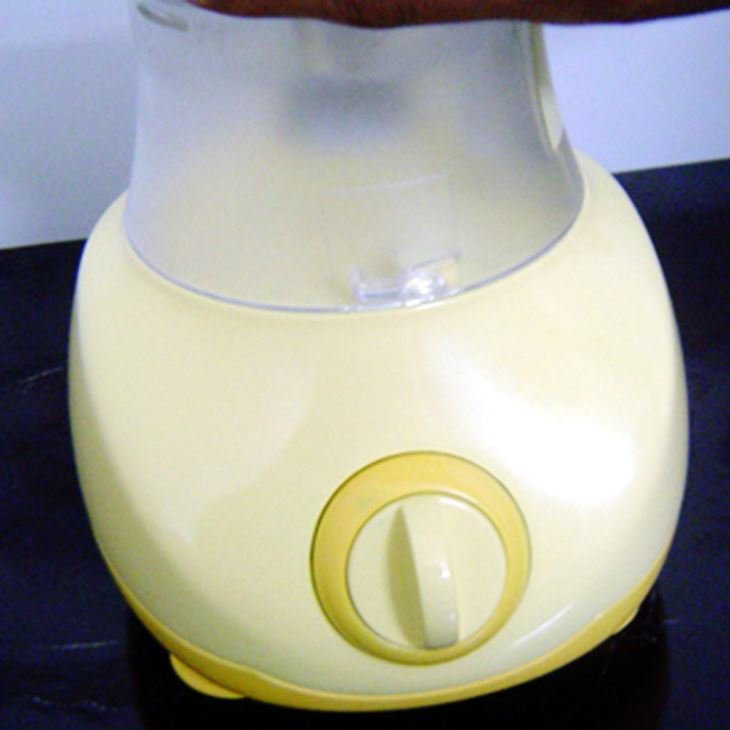Main Test Procedure For Injection Molding Machine
In order to avoid unnecessary waste of time and trouble during mass production, it is necessary to patience to adjust and control various processing conditions, find the best temperature and pressure conditions, and develop standard test procedures, and can be used to establish daily work methods.
1. Check if the plastic material in the barrel is correct and whether it is baked according to the regulations. It is very likely that different results will be obtained for the test and production.
2. The cleaning of the material pipe should be thorough to prevent the inferior compound or miscellaneous material from being injected into the mold. Because the inferior compound and miscellaneous materials may cause the phenomenon of jamming. The temperature of the test tube and the temperature of the mold are suitable for the raw materials to be processed.
3. Adjust the pressure and the amount of injection to produce a finished product with satisfactory appearance. Especially when there are still some cavity products that have not yet fully solidified, you should think about it before adjusting various control conditions. Because the filling rate is slightly changed, it may cause a large filling change.
4. Be patient and wait until the conditions of the machine and the mold are stable, that is, the medium-sized machine may have to wait for more than 30 minutes. This time can be used to see what can happen to the finished product.
5. The advancement time of the screw should not be shorter than the time when the plastic of the gate is solidified, otherwise the weight of the finished product will decrease and the performance of the finished product will be damaged. And when the mold is heated, the screw advance time also needs to be lengthened to compact the finished product.
6. Reasonable adjustment to reduce the total processing cycle.
7. Run the newly transferred conditions for at least 30 minutes to stabilize, and then at least continuously produce a dozen full-mode samples. It is especially valuable for multi-cavity molds to indicate the date and quantity on the ware and place them separately according to the cavities in order to test the stability of the actual operation and to derive reasonable control tolerances.
8. Measure as the sample cools to room temperature and record the critical sample measurement data for its important dimensions.
9. Compare the dimensions of each model sample and note that:
(1) Is the size stable?
(2) Whether some sizes have an increasing or decreasing trend, and the machine processing conditions are also changed, such as poor temperature control or oil pressure control.
(3) Whether the change in size is within the tolerance range.
If the finished product size does not change, the processing conditions are also normal. It is necessary to observe the finished product of each cavity, whether the quality is within the acceptable range, and the size can be changed or not changed within the tolerance. Make a note of the continuous or large or smaller than the average number of cavities to check if the size of the mold is correct.








